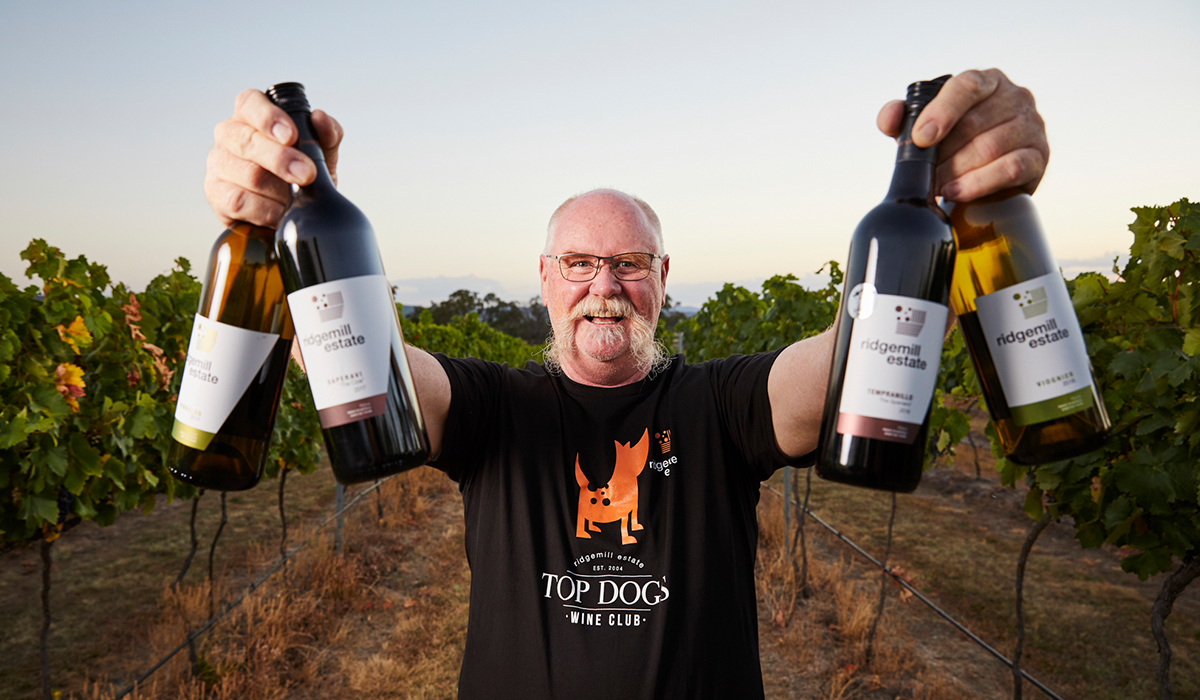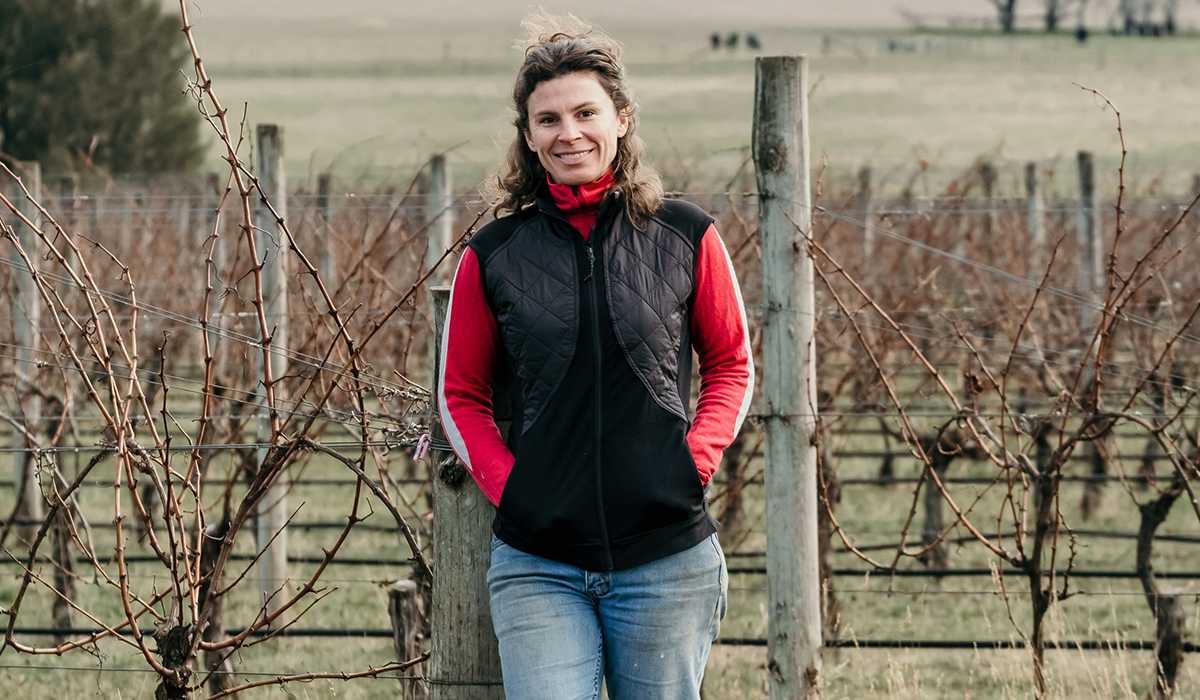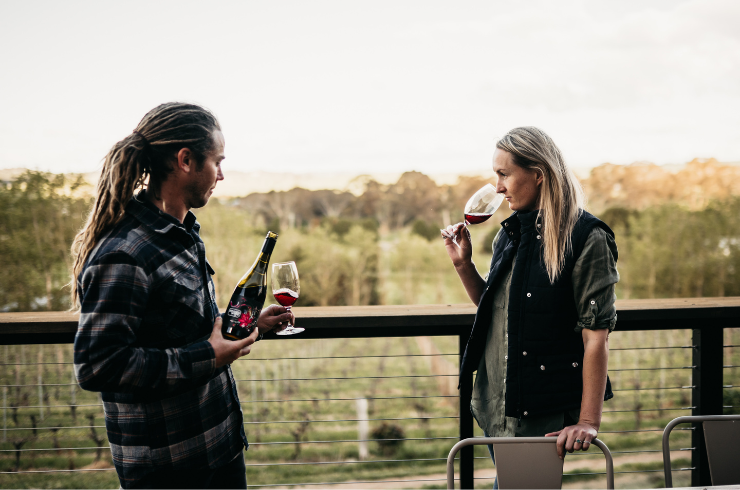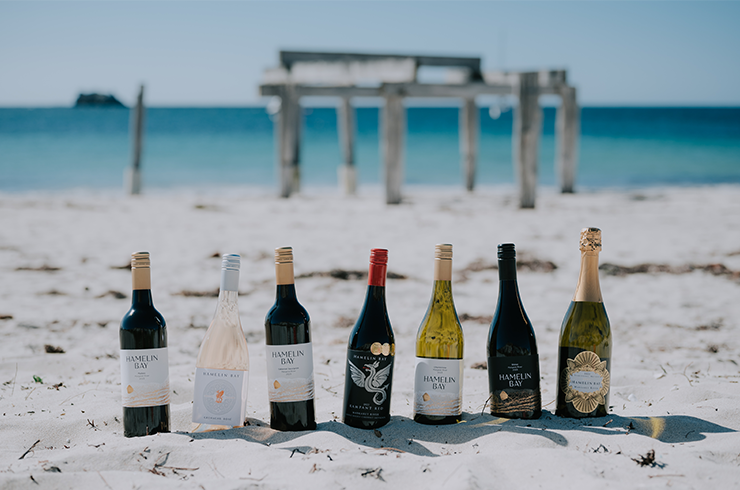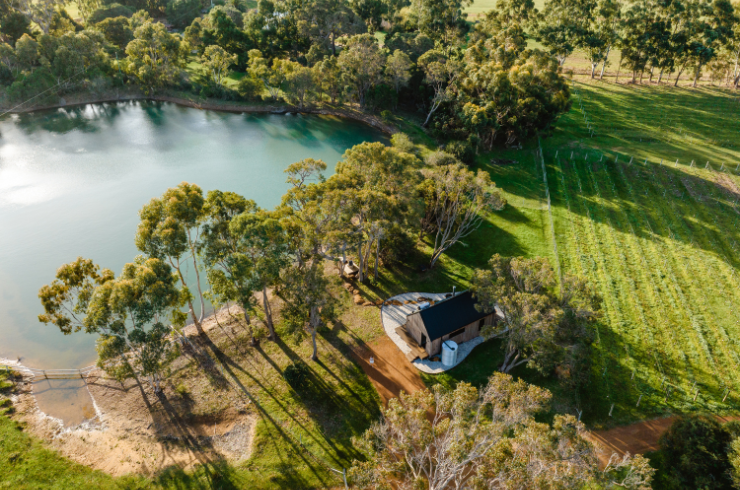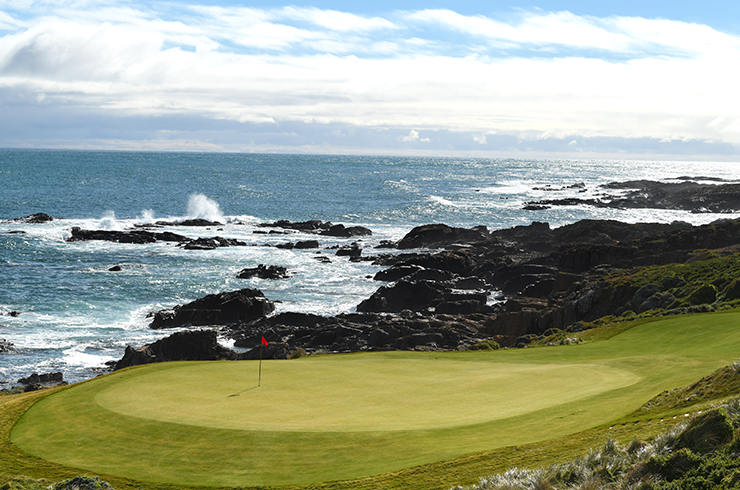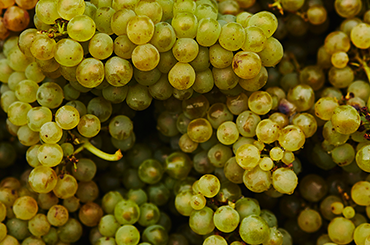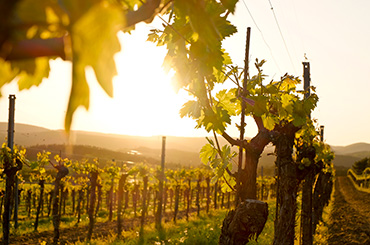Australia is home to the second largest total plantings of riesling in the world (behind Germany). Riesling is produced in a range of styles – from dry to off-dry, sweet and the in between – which means the white grape flourishes in various regions across the country.
We spoke to the seven makers – Jacob Stein from Robert Stein Winery in Mudgee, Peter McGlashan from Ridgemill Estate in the Granite Belt, Steve Baraglia from Pikes in the Clare Valley, Caitlin Brown from Mountadam in the Eden Valley, Jonny Hughes from Mewstone in Tasmania, Belinda Thomson from Crawford River in Henty, and Leigh Clarnette from Clarnette in the Grampians – about producing riesling in their regions.
Jacob Stein – Robert Stein Winery, Mudgee NSW
H. What do you love about making riesling?JS. We love riesling because it is a versatile and expressive grape that we use to create a whole range of award-winning wines. Riesling is a variety that showcases the quality of our vineyard site and winemaking skills stronger than any other variety.
We’ve been growing riesling for 47 years in Mudgee. Australia has a rich history of riesling, dating back to 1838. Mudgee has an ideal climate and soil profile that is well suited to growing riesling, which helps produce a highly concentrated, powerful wine that has all the structure to age. The riesling that Mudgee produces certainly stands out in the crowd.
H. How do you approach the winemaking process when it comes to riesling?
JS. We approach the winemaking process by working very hard in the vineyard, and ensuring our riesling fruit is of optimum quality and health. Then, the winemaking can be simpler – whole bunch pressing, cooler ferments and allowing the vineyard to express its character in the wine.
H. Has your winemaking process changed or evolved over the vintages?
JS. Our style has evolved through the years and our fruit and wine are more concentrated and powerful. It’s important for us to continue our traditional family methods, which is also why we have numerous styles ranging from light and classical to ageworthy and powerful.
Peter McGlashan – Ridgemill Estate, Granite Belt QLD
H. What do you love about making riesling?PM. I love making this style of riesling as it shows a sense of place – when you enjoy these wines you can image the coarse granitic soil, rich in quartz and other minerals. The wines have lovely elegance, finesse and delicious lime juice characters with amazing acidity.
When I make riesling, I try to have a light touch and allow the variety and place to shine as bright as possible, Granite Belt is what makes our riesling unique.
H. How do you approach the winemaking process when it comes to riesling?
PM. For me, it's all about the vineyard, ripeness, flavour and most of all it's knowing when the acidity has changed and flavour development has begun. In the winery, I keep everything as simple and straight forward as I can – clean, fresh, vibrant wine.
H. Has your winemaking process changed or evolved over the vintages?
PM. My style and process doesn’t really change vintage to vintage – sometimes weather conditions force minor changes, but on a whole it's very similar.
Steve Baraglia – Pikes Wines, Clare Valley SA
H. What do you love about making riesling?SB. I like to make wines that showcase their place of origin, and riesling is one of the best at doing this. We try to capture what the fruit tastes like in the vineyard and bottle this with minimal winemaking intervention.
Our vineyard is located at Polish Hill River, where the soils are moderately fertile, red brown clay loams. The subsoil of the Polish Hill River subregion is predominately slate. The ancient soils are over 650 million years old and are low to moderate in nutrients and rich in minerals. We are also quite elevated and generally get a little more rainfall, which helps our vines produce delicate rieslings.
H. How do you approach the winemaking process when it comes to riesling?
SB. We strive to produce great fruit by trying to achieve a balanced and healthy canopy in the vineyard. This happens through a range of techniques determined by site – row orientation, aspect, soil of the riesling block and adjusting to the growing season. In the winery we're carefully nurturing our ferments and wine through to bottling.
H. Has your winemaking process changed or evolved over the vintages?
SB. We've been working on maintaining vine health, due to limited water resources in the Clare Valley. We use a lot of straw mulch to conserve water (weed control and straw also keeps the soil temperature lower). With healthy vines we're seeing good flavour development early, allowing us to pick earlier with higher natural acidities.
Caitlin Brown – Mountadam Vineyards, Eden Valley SA
H. What do you love about making riesling?CB. Riesling really does express a sense of place – there’s nowhere to hide when making it – and the purity of the fruit is always the hero. The fruit is sourced from the estate's low-yielding 1968 plantings, which sit at 550m above sea level with a sheltered southerly aspect (some of the highest vineyards in High Eden).
H. How do you approach the winemaking process when it comes to riesling?
CB. It's really important to showcase the delicate beauty and purity of High Eden riesling. Letting the fruit shine through and not intervening too much throughout the winemaking process. We harvest in the middle of the night to keep fruit as cold as possible and process it as soon as the truck reaches the winery – which is about a two minute drive.
H. Has your winemaking process changed or evolved over the vintages?
CB. I try to stay true to the history and style of the wines at Mountadam. I’m very lucky to have the chance to work with 50-year-old High Eden riesling vines. The quality of the fruit from vine to bottle has always been at the forefront of the winemaking decisions for me, while constantly being a learning process along the way.
Jonathan Hughes – Mewstone Wines, Southern Tasmania TAS
H. What do you love about making riesling?JH. We don't just love making riesling but drinking it too! As a variety, riesling responds incredibly well to lots of different approaches in the winery. It rewards us with a wide range of aromatics and textures from each parcel of fruit and when it finally comes into the winery towards the end of vintage it makes the whole winery smell incredible.
H. How do you approach the winemaking process when it comes to riesling?
JH. Our riesling benefits from the long growing season in Tasmania. The fruit has time to build mountains of flavour while maintaining bright acidity. This process allows us to focus on building texture in the winery through skins, barrels and long, slow ferments in our chilly southern cellar.
H. Has your winemaking process changed or evolved over the vintages?
JH. We have an overall idea or plan but ultimately that changes as the fruit rolls in each season. As an example, we always ferment a small portion of riesling on skins but exactly which parcel(s) and how much is only selected when the fruit reaches the winery.
Belinda Thomson – Crawford River Wines, Henty VIC
H. What do you love about making riesling?BT. Riesling is so versatile and very reflective of where it is grown. It can be made very dry or very sweet and anything in between, which makes it adaptive and exciting from a winemaking perspective.
We're excited to introduce the Strata Riesling – formerly Young Vines Riesling – we wanted a name that reflects and defines this specific expression from our site. The grapes are sourced from a block that was added in 2001, at the western border of the original plantings. While the very top of this block tends to the ironstone-rich, gravelly ridge, much of the block shows a prevalence toward a rich, loam-dominant soil over its limestone feet. These factors, coupled with the micro-climate, yield an expression quite different to our original blocks. The riesling from these 2001 plantings tend to be more open and expressive, particularly as younger wines.
H. How do you approach the winemaking process when it comes to riesling?
BT. Each year in the vineyard is different and therefore, so is each year in the winery. I assess the conditions of the season and adapt accordingly. I typically use a combination of crushed and whole-bunch fruit in the press. The fermentation is in stainless steel and the wine usually see some lees after ferment.
H. Has your winemaking process changed or evolved over the vintages?
BT. I don’t aim to change the style of the wine from year to year, however, given vintage variation and the way I approach my winemaking, individual years may vary as they are a reflection of the year they are grown.
Leigh Clarnette – Clarnette, Grampians VIC
H. What do you love about making riesling?LC. Since my first riesling 40 years ago, it has been an elusive style that needed to be challenged. With modern yeasts that prick up fruit flavours and emphasise terroir expression, all areas – hot or cool – can make really great styles of riesling. Here in the Grampians autumn is dry and fruit arrives clean – enabling me to enhance it.
H. How do you approach the winemaking process when it comes to riesling?
LC. Over this century of winemaking I've been experimenting with yeast and older fresh barrels, and incorporating them into the structure to create a drier style that enhances early drinkability. My friend Kym Ludvigsen sourced the vines for this block from locally sourced vines and then applied tissue culturing to ensure the best possible plant. The St. Ethels clone expresses fruit differently and enables great longevity in its wines.
H. Has your winemaking process changed or evolved over the vintages?
LC. Each vintage is a challenge as bigger crops take longer to ripen and low crops are possibly sunburnt. Vintages have been more extreme this decade, and climate change is certainly mixing things up.
Juice preparation is key in hotter years, more oxidation is best to rid the phenolics, and vice versa for cool years when alcohol potential is lower. Looking after the nitrogen level is a must, before fermentation takes off, plus the addition of O2 in ferment to ensure the completion is satisfactory and no off flavours are imparted.

